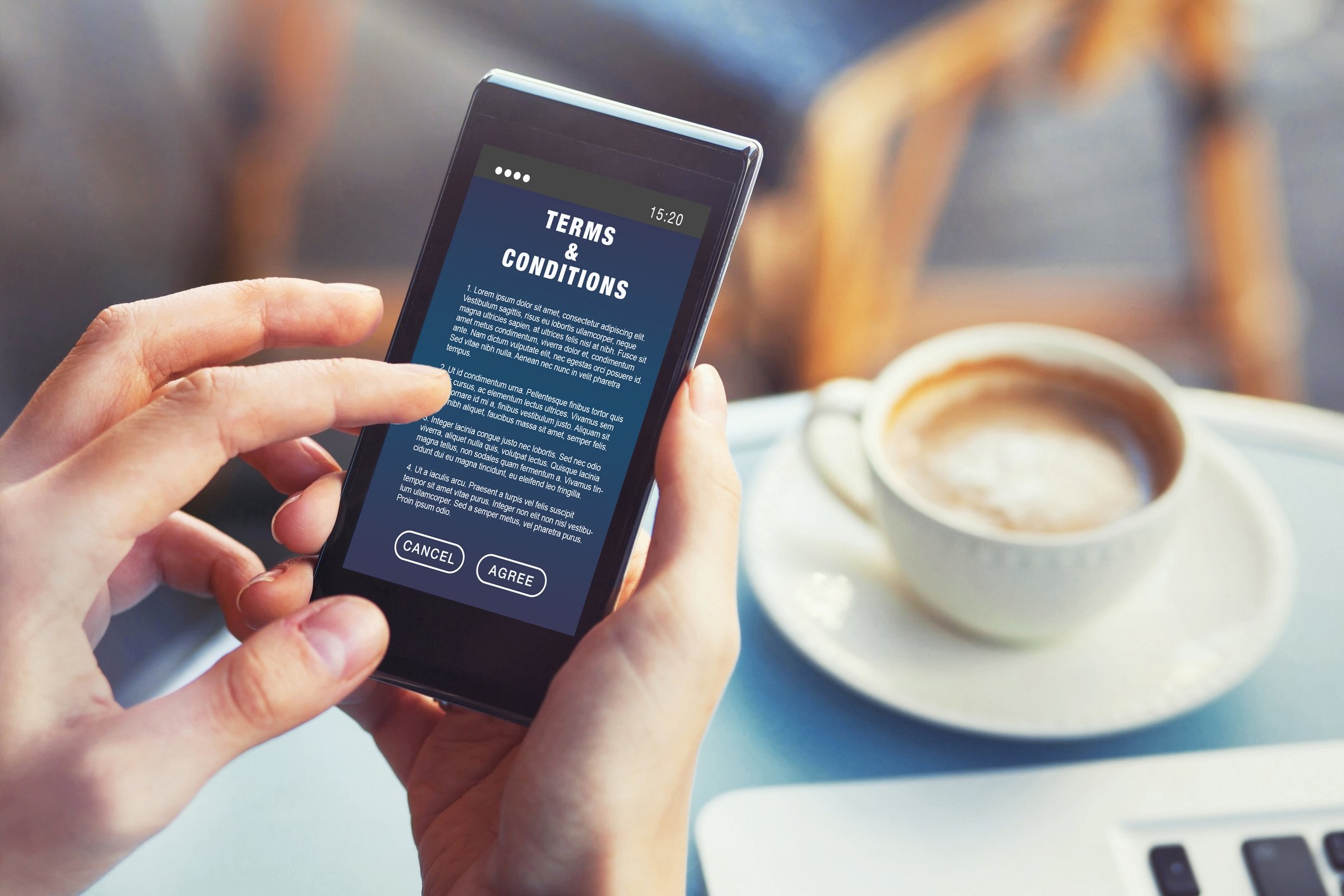What to Consider Before Launching a Loyalty or Incentive Program
Six Business Issues to Consider Before Launching a Loyalty Program
By Dr. David Co
Loyalty and incentive programs are powerful tools. Used effectively they can generate habitual behavioral loyalty, increase sales revenue, decrease customer churn, increase share of wallet and limit variety-seeking behavior. Many of these results have been empirically tested in academic research and in award winning case studies.
The Loyalty and Incentive Program "Magic Bullet"
With such a range of positive results, many organizations, particularly those embarking upon a loyalty strategy for the first time, believe that the loyalty or incentive program will be a ‘magic bullet’ solving all their business challenges. We call this the Panacea Halo Effect However, it’s important to consider each of the following six business issues first and get them right in order to ensure the success of your loyalty program.
1. Don’t rush to launch a program as a follower strategy:
Some organizations rush to market a follower program in response to a competitor’s program launch. These programs are often copycat programs that have had little analysis or strategic thought into understanding the profile of the program participant, the program objectives or behavioral analytics. Indeed they are simply copying someone else’s program that has been researched and designed with that organizations specific objective in mind. Often we see this type of program fail, as it has not been given the correct exploration and assessment from the outset.
2. Make sure your product is up to scratch:
No loyalty program, no matter how good, will save a poor product or one that has quality issues.
3. Focus on delivering high customer service levels:
Poor customer service has been shown in many of our research projects to be an antecedent to program failure. Your customers will not stand for ongoing poor customer service and will leave a loyalty program in droves in search for superior service.
4. Ensure your product is available, in stock and delivered efficiently:
Loyalty and incentives programs reward for a number of behaviors, the most common rewarded behavior being product or service sales. The lack of product availability or delivery issues only serves to accelerate the dissatisfaction customers experience with the organization by rewarding for sales that are difficult to transact.
5. Get your pricing right:
Probably the most common symptom of the Panacea Halo Effect is the belief that giving away reward points will somehow compensate the customer for non-competitive pricing.
6. Product Type:
Finally, you need to have a product that can be purchased repeatedly. Long cycle products or one-off purchases are not suited to loyalty and incentive programs in the majority of cases.
Loyalty and incentive programs are very effective and powerful marketing strategies, but like any strategy they are not a panacea for product, service, pricing or organization challenges that require traditional management action.











